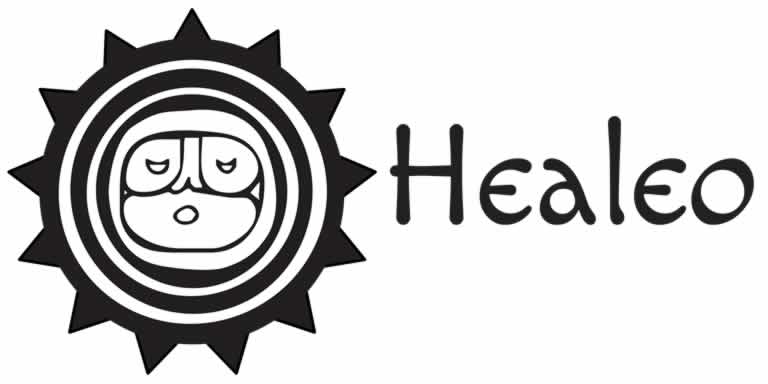- 1. Paleo books that break the silence of ignorance
- 1.1. The Tracker
- 1.2. The Tender Carnivore
- 1.3. Journey to Ixtlan
- 1.4. We Want to Live
- 1.5. Nourishing Traditions
- 1.6. Healing with Whole Foods
- 1.7. Light on the Yoga Sutra
- 1.8. Born To Run
- 1.8.1. A challenge for daring souls
Paleo books that break the silence of ignorance
From the early 1970s to early 2000s, several books reopened access to primitive perspectives and skills:
The Tracker
The Tracker, by Tom Brown, Jr., introduces the practical wisdom of an Apache Scout and fully functional primitive hunter, Stalking Wolf, who taught him how to move through the world like a natural animal—using psychic and spiritual abilities domesticated people suppress. The book ignited an explosion of interest in practical primitive skills. A later book, Tom Brown's Field Guide to Wilderness Survival sums up what he learned thematically, as an organized curriculum.
The Tender Carnivore
The Tender Carnivore and the Sacred Game, by Paul Shepard, summarizes what is known about how primitive people worldwide live and cooperate: functioning as an emotionally unified social organism. The book became the bible of modern environmentalism (before it was hijacked by corporate forces). Realizing the reality our physical, social, and psychological structures are optimized for enables us to engage them constructively.
Journey to Ixtlan
Journey to Ixtlan, by Carlos Castaneda, demonstrates how a metaphysical lineage thousands of years old retrains primitive perspectives and activates ancient human abilities in present-day participants. The book, and others in the series, provides an actionable operating system for regaining full functionality. It is used by millions.
We Want to Live
We Want To Live, by Aajonus Vonderplanitz, was the book that launched the paleo carnivore revolution. The author was a starving vegan, dying of cancer, who went out to the desert to fast to death. A group of coyotes befriended him, took him hunting with them, laid a freshly killed rabbit in his lap, and urged him to eat it. He did, became well and strong, and began a ministry of healing with raw animal foods that touched thousands. His other book, The Recipe for Living Without Disease is worth reading as well.
Nourishing Traditions
Nourishing Traditions, by Sally Fallon, Mary Enig, et al., summarizes the work of Weston Price, Frances Pottenger, and other nutrition-oriented doctors and contextualizes it with modern food science. Price was a Cleveland dentist who traveled the world in search of perfect teeth and perfect health. He visited most of the world's remaining relic indigenous populations in the 1930s and 1940s and studied them. His research is probably the most important physical anthropology ever conducted. Instead of finding the perfect vegetarian tribe, as he hoped, he found that all the people with perfect health ate heavily of animal foods and ate most or all of them raw. The book is also a cookbook that covers healthy traditional recipes from all over the world, including raw and fermented ones. It rounds out history and practicality with insights into how profit-seeking has perverted food, and how "food science" has betrayed and concealed actual science.
Healing with Whole Foods
Healing with Whole Foods, by Paul Pitchford, made the first coherent effort to make Taoist food science accessible to Western audiences and cross reference it with modern science. Food is one of the branches of Traditional Chinese Medicine, over 3000 years old. With this book in hand, hundreds of thousands of people realized that they could heal themselves of modern diseases by using diet deliberately, and did.
Light on the Yoga Sutra
Light on the Yoga Sutra, by B.K.S. Iyengar, translated the ancient Vedic manual for enlightenment for modern audiences. With the arrival of Yogananda in the West in 1920, interest in Yoga ignited. The possibility that one could shut up, stop thinking, and do something that steadily built a connection to the divine was pursued by millions of Americans. Iyengar was an Indian Yoga master, to whom thousands of Americans traveled to train with. His book was not a manual on how to do Yoga, but why. It was a mirror that held up regular civilized thinking, perceiving, and behaving as a disease that needed to be healed, and showed how to heal it.
Born To Run
Christopher McDougall documents recent encounters with the Tarahumara indians, a tribe that evaded European conquest by running away, whose oldest members routinely run fifty miles or more at a time and whose champions can run three hundred miles or more, straight. The book makes obvious what primitive people were capable of doing and we still are, covering modern ultramarathons in rugged country and the people who run them. Get it here.
A challenge for daring souls
What we've lost is what we are looking for. By using the skills our ancestors used, we regain access to their perspectives and powers. Start with this guide to Castaneda and associates.
